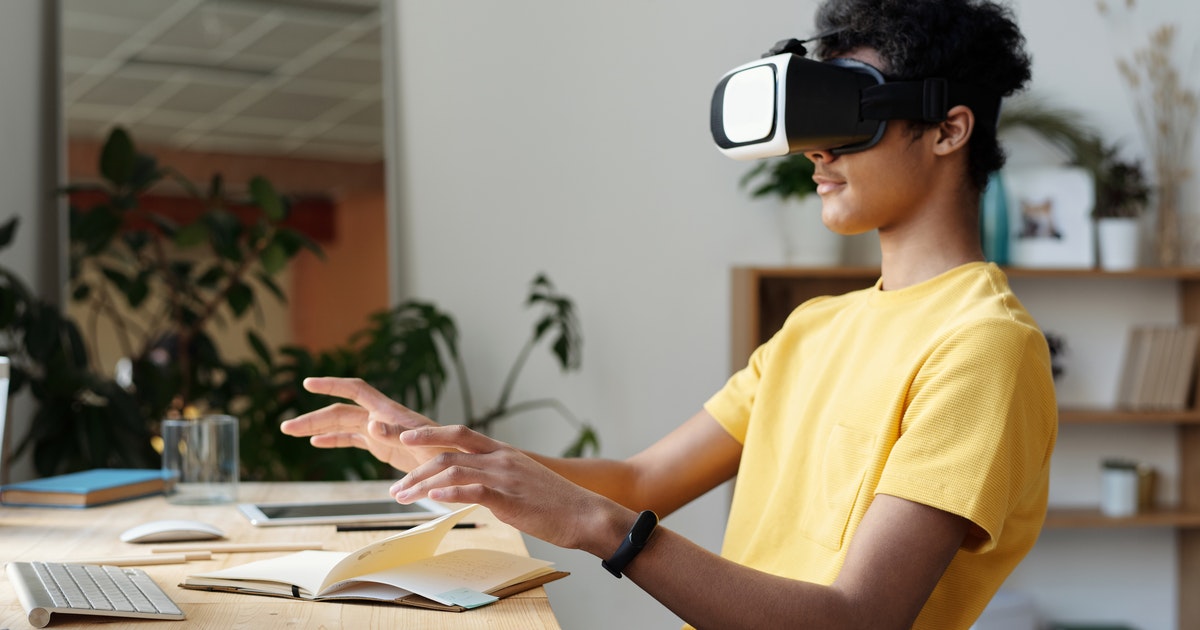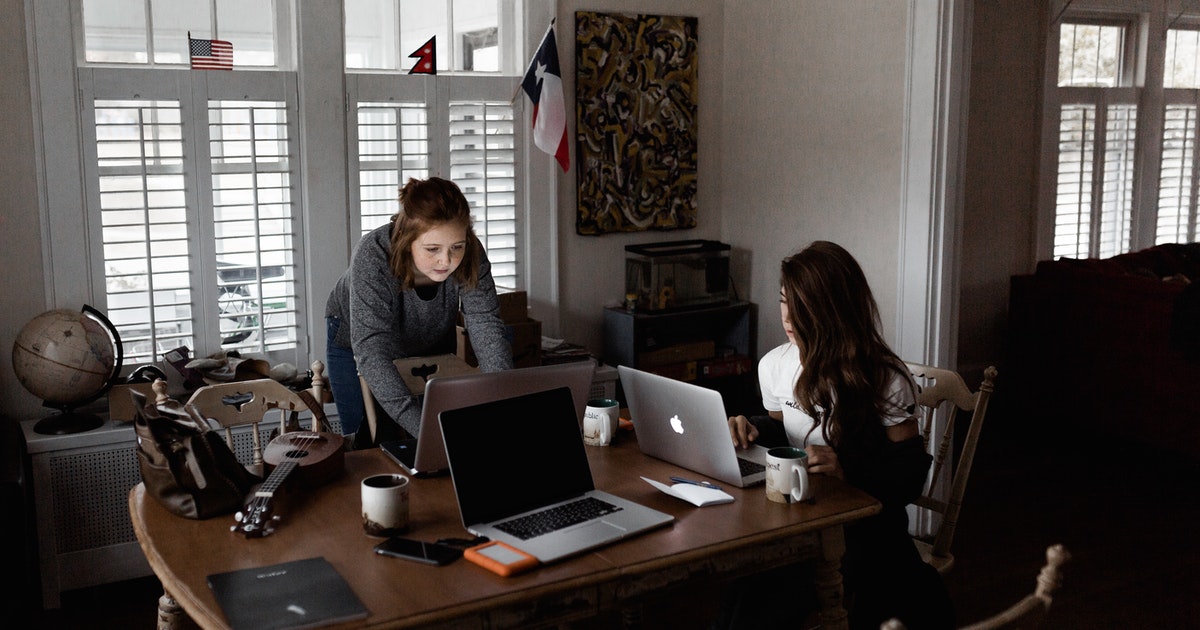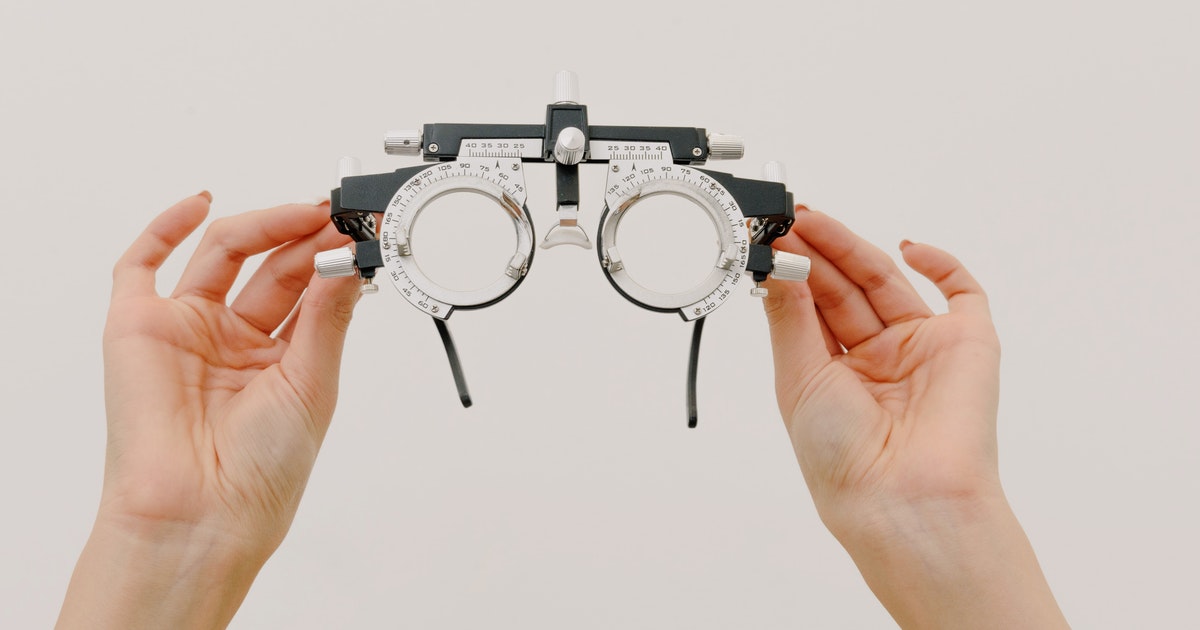Visual Collaboration Definition and Applications

Imagine a world where there were no online tools to help you get things done faster. Don’t you agree? We get it! And that’s because remote creative teams have been praising visual collaboration lately!
People and businesses that have locations all over the world benefit from being able to connect online from anywhere in the world. And that is what visual collaboration promises.
In this article, we’ll talk about how putting visual collaboration at the top of the list can help teams come up with more creative ideas. We’ll also talk about our top 6 visual tools for working together. Let’s start!
What does Visual Collaboration mean?
“Visual collaboration is the use of technology to help people work together. It depends on how well people can work together and use visual elements to help them understand and talk to each other better.
What do you think of when you hear the words “visual collaboration”?
A Skype call for a meeting?
Now, it’s a lot more than that. Visual collaboration makes it possible for teams of any kind to talk and share ideas. Visual collaboration means having a meeting online using more than one piece of software, which makes any work easier to do. These tools are often used by groups, especially creative teams, to share ideas about new projects without any problems.
For instance, a company might have offices all over the world, and its web design and development team might work from different places. Because of the distance between team members, the process is slow and it’s almost impossible to reach the goals. This is where visual collaboration comes in.

There are different ways of visual collaboration, such as:
Video conference call
When we think of conference calls, the only thing that comes to mind is that more than two people can join the call and all speak at the same time from different places. It works the same way in visual collaboration, but there are many more features that can be turned on to make the experience more real and complete.
Share the screen
The ability to share your screen during a video conference call is one of the most important parts of visual collaboration. Teams can use these features in different ways, such as through presentations, learning, and mind maps.
Boards
With screen sharing, you can write on the whiteboard to show your team how your plan is put together or to make important notes during a presentation.
Share and talk about the content in visual collaboration
Instead of telling your team members how to make changes, you can share the content or do it yourself, just like anyone can share and edit a single Google document.
Why should creative teams put visual collaboration at the top of their list?
Visual collaboration is more than just a tool; it helps people from all over the world connect with each other. If businesses were not able to talk to each other, they would not be as successful as they are now. We can talk to each other from anywhere and at any time thanks to video conferencing and screen sharing.
Let’s take a look at why you should put visual collaboration at the top of your team’s list of priorities.
1. Makes flexibility possible
Imagine having to go back and forth between two cities every day to get the word out from your team. It gives me a lot of anxiety. Visual collaboration, on the other hand, lets you work on a project with your team while sitting at home or anywhere else. It makes flexibility possible and improves it.
Since more and more businesses are moving to online platforms, the need to work together is also met online. Digitization has made it so that you have a lot more freedom in your life. With the help of virtual availability, people meet and talk about plans. Teams of creative people can work together from anywhere in the world. Also, online platforms like fiber, Upwork, or Freelancer.com let you work for people all over the world, communicate the structure of achieving their goals, and work together visually.
2. Makes things work better

Instead of getting everyone in the office together to talk about a plan or get an update on how the work is going, you can easily bring everyone together with a video conference call while you do your own work. The goal of the visual collaboration is to make the process run more smoothly and quickly, and you don’t have to stop what you’re doing to get an update on the work.
Since you need time to think and come up with unique ideas for a creative project, you can save time by not traveling and working on your project instead. Visual collaboration also gives you an easy way to talk to your client if there are any questions.
3. Reduces costs
One of the main reasons why visual collaboration should be a top priority is that people don’t have to go far to work together. Virtual meetings get rid of the cost of transportation. Also, if you work with teams from platforms like Fibre, Upwork, and Freelancer, you can have video conferences with your clients. You don’t have to travel across countries or cities to talk about the project.
4. Easy to get to
When we think back on how the pandemic hit the world and changed our daily lives, from schools to businesses, we can see that traditional jobs no longer made sense. People are becoming more aware of how important digitization is. During the pandemic, visual collaboration helped companies and people get back to work so that everyone could have access to information.
Visual collaboration makes it easier for your creative team to get information and learn when they are using online platforms. You can always ask a team member to explain your role and give you the tools you need to finish the project. It breaks down the limits that traditional jobs set up.
Let’s say you’re stuck on your project and need help, but none of your team members are available to meet with you in person. The limited access could make it hard for you to get your work done. So, using this chance to hold visual meetings makes it easier for you to get all the information you need about your work.
5. Gives team members more freedom
When working on a creative project, your team needs to be able to make decisions on its own, so that each person can use their skills to help the project. But you can’t make the choice right away without getting your team’s approval. Using visual collaboration to keep people up to date lets you make decisions without putting them all in one place.
You can choose how to do your part of the project, but if you keep in touch with your team, you’ll all be on the same page. Also, when everyone on your team works from home all the time, they don’t know if the other team members are as dedicated as you are. This can make them less interested in the project.

6. Share quickly
Let’s say the client you work for wants to see your work right away and also wants you to explain it. In a situation like this, you can always use visual collaboration. The features of the visual collaboration tools give your clients a good look at your work and help you improve it.
How can creative teams work together visually?
Even though the reasons listed above sound like good reasons to put visual collaboration at the top of your list, its features, like the fact that it’s mobile, give you even more reasons to want to use it. You can get information about your project from anywhere—at home, in a restaurant, in your car, etc.—with just one phone call.
Visual collaboration also uses simple tools that don’t require a lot of training, so people can use it from any profession. For example, the visual collaboration tool has features like a digital whiteboard, slide sharing, and screen sharing that are made with the user experience in mind.
But for your creative team to have a real experience, you must choose the right tool, since each tool has different features. So, we’ve made lists of different tools for working together in a variety of areas. Take a look at them:
1. GoVisualy
GoVisually is the number one tool for video proofing and working together. Not only does it have features that boost power, but it can also be connected to more than 1000 apps through Zapier. It makes it easier to stay on top of your work by putting all feedback in one place and making the design approval process easier.
The best part is that you don’t have to deal with the chaos of emails. This is because you can invite both internal and external reviewers to GoVisually. You can even set reminders, deadlines, and download assets that have already been approved right from the app.
GoVisually is a great choice if you want built-in proofreading software. It doesn’t take much time and makes people less likely to use email as a way to talk. Anyone can use this software with just a few simple instructions. It is perfect for designers who work alone, teams of designers and marketers, and design studios. They can easily upload their files, which can be magazine pages, PDFs, or anything else that can be printed.
2. Miro
Miro is one of the best digital whiteboard tools for teams of creative people who work in different places. It lets several people work together to change the structure of the project outline from different devices. It also lets people share whiteboards with other software.
3. Dojoit

On Dojoit.com, anyone can quickly and easily share ideas and work together with others in real-time. It is the fastest online tool for working together on a whiteboard.
From the dashboard, you need to make it aboard. Next, you can invite someone to work with you on your board. They’ll know right away that they can join. Anyone who works on a project can be given the role of a contributor or viewer. You can see everyone’s pointers in real-time and even mute them if you want to.
You can also give the board’s unique URL to anyone, and they can also ask to see illustrations.
4. Heurio
Visual collaboration tools like Heurio are great for teams of creative people who make websites.
The software has a perfect mix of advanced features like UX testing, layout design, programming, copywriting reviews, usability testing, and evaluations.
5. Lucidspark
Lucidspark is a visual collaboration tool that uses a virtual whiteboard to bring your team’s creative ideas to life. It gives you full access to work with your team no matter where you are. It also lets you collect creative ideas, put them in order, and choose the best way to put them into action.
6. Creately
Creately is a tool for visual collaboration that helps groups share ideas, thoughts, and plans by syncing in real-time and letting the canvas grow. Teams can use this tool to work together virtually or in the same room as a shared whiteboard.




